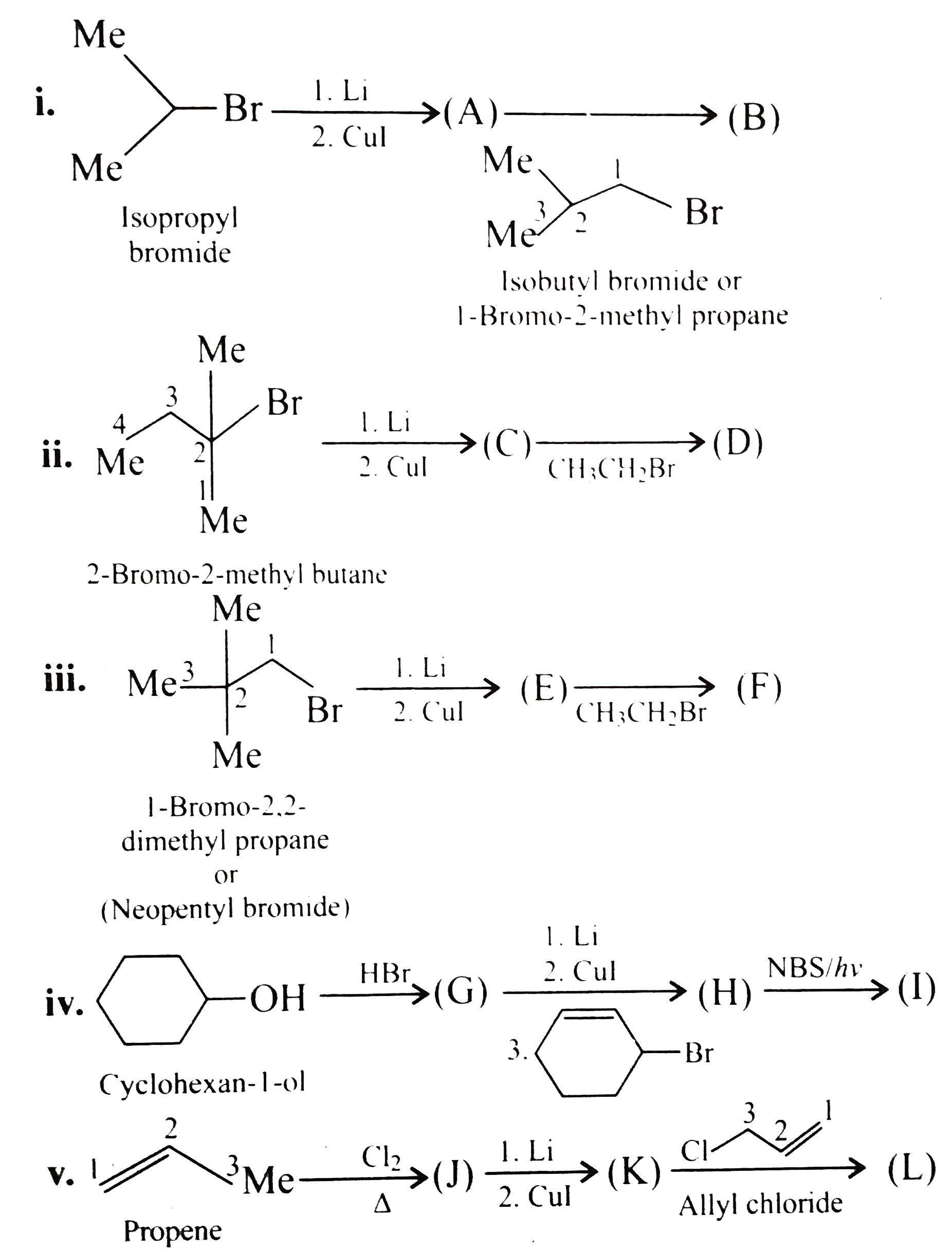Jaws are absent in:
(i) Balanoglossus (ii) Myxine
(iii) vertebrates (iv) Petromyzon .
(i), (iv)
(ii) , (iv)
(ii),(iii)
(iii) , (iv)
The correct Answer is:B
To determine where jaws are absent among the given options, we will analyze each option step by step:
Step 1: Analyze Balanoglossus
- Description: Balanoglossus is a marine organism that exhibits characteristics of both vertebrates and invertebrates.
- Jaws Status: It has a structure called the proboscis, which aids in feeding, but it does not have fully developed jaws. Instead, it has partial formations that assist in food intake.
- Conclusion: Jaws are partially developed in Balanoglossus.
Step 2: Analyze Myxine
- Description: Myxine, also known as hagfish, is a type of fish that belongs to the group of jawless fish.
- Jaws Status: Myxine does not possess jaws at all. It has a notochord that extends from the brain to the tail, but no jaw structure is present.
- Conclusion: Jaws are absent in Myxine.
Step 3: Analyze Vertebrates
- Description: Vertebrates are a diverse group of animals that include mammals, birds, reptiles, amphibians, and fish.
- Jaws Status: Vertebrates are characterized by the presence of a backbone and well-developed jaws, which are used for chewing and feeding.
- Conclusion: Jaws are present in vertebrates.
Step 4: Analyze Petromyzon
- Description: Petromyzon, commonly known as lamprey, is another type of jawless fish.
- Jaws Status: Lampreys lack jaws and are classified as agnathans (jawless fish). They have a notochord that is present mainly in the tail region.
- Conclusion: Jaws are absent in Petromyzon.
Final Conclusion
Based on the analysis:
- Jaws are absent in Myxine (ii) and Petromyzon (iv).
- Therefore, the correct answer is options (ii) Myxine and (iv) Petromyzon.
- Description: Balanoglossus is a marine organism that exhibits characteristics of both vertebrates and invertebrates.
- Jaws Status: It has a structure called the proboscis, which aids in feeding, but it does not have fully developed jaws. Instead, it has partial formations that assist in food intake.
- Conclusion: Jaws are partially developed in Balanoglossus.
- Description: Myxine, also known as hagfish, is a type of fish that belongs to the group of jawless fish.
- Jaws Status: Myxine does not possess jaws at all. It has a notochord that extends from the brain to the tail, but no jaw structure is present.
- Conclusion: Jaws are absent in Myxine.
- Description: Vertebrates are a diverse group of animals that include mammals, birds, reptiles, amphibians, and fish.
- Jaws Status: Vertebrates are characterized by the presence of a backbone and well-developed jaws, which are used for chewing and feeding.
- Conclusion: Jaws are present in vertebrates.
- Description: Petromyzon, commonly known as lamprey, is another type of jawless fish.
- Jaws Status: Lampreys lack jaws and are classified as agnathans (jawless fish). They have a notochord that is present mainly in the tail region.
- Conclusion: Jaws are absent in Petromyzon.
Based on the analysis:
- Jaws are absent in Myxine (ii) and Petromyzon (iv).
- Therefore, the correct answer is options (ii) Myxine and (iv) Petromyzon.
Topper's Solved these Questions
- BOOK - PEARSON IIT JEE FOUNDATIONCHAPTER - DIVERSITY IN LIVING WORLD- ANIMALSEXERCISE - MASTERING THE CONCEPTS (KNOWLEDGE AND UNDERSTANDING)48videos
DIVERSITY IN LIVING WORLD- ANIMALS
- BOOK - PEARSON IIT JEE FOUNDATIONCHAPTER - DIVERSITY IN LIVING WORLD- ANIMALSEXERCISE - MASTERING THE CONCEPTS (APPLICATION AND ANALYSIS)28videos
DIVERSITY IN LIVING WORLD- ANIMALS
- BOOK - PEARSON IIT JEE FOUNDATIONCHAPTER - DIVERSITY IN LIVING WORLD- ANIMALSEXERCISE - ASSESSMENT TESTS44videos
DIVERSITY IN LIVING WORLD- ANIMALS
- BOOK - PEARSON IIT JEE FOUNDATIONCHAPTER - DIVERSITY IN LIVING WORLD - PLANTSEXERCISE - ASSESSMENT TESTS20videos
DIVERSITY IN LIVING WORLD - PLANTS
- BOOK - PEARSON IIT JEE FOUNDATIONCHAPTER - HUMAN HEALTH AND DISEASESEXERCISE - ASSESSMENT TESTS29videos
HUMAN HEALTH AND DISEASES
Similar Questions
Knowledge Check
- Question 1 - Select One
Identify poikilotherms.
(i) Elephants (ii) Frogs
(iii) Sharks (iv) Whales .A(i), (ii)B(ii) , (iv)C(ii),(iii)D(iii) , (iv) - Question 2 - Select One
Vertebrates are characterized by
(i) presence of true coelom
(ii) presence of notochord
(iii) a ventrally placed heart
(iv) the pharyngeal gill slits at some stage in life cycle
(v) RBCs.A(i) and (ii) are correct.B(ii) and (iv) are correct.C(i) , (ii) and (iii) are correctDAll of these are correct - Question 3 - Select One
Select the option with a correct representation of an animal belonging to the below mentioned class of vertebrates.
I. The notochord is persisitent throughout life. The mouth is ventral.
II. The skin is moist without scales . The tail may be present.
III. 6 to 15 pairs of gill slits. Jaws absent.
IV. Viviparous usually. pinna present in most of the members.AIIIIIIIVDog fishIchthyophisCalotesCainsBIIIIIIIVHagfishSalamandraBettaAptenodytesCIIIIIIIVPristisHylaLampreyPteropusDIIIIIIIVClariusRanaMyxineDelphinus
What are the used of (i) He, (ii) Ne , (iii) Ar , (iv) Kr ?
View SolutionFind : (i) 932 (ii) 3225 (iii) 1634 (iv) 125−13
View Solutioni.

ii.
iii.
iv.
iv.
v. View Solution
View SolutionWhich of the following belong to a distinct category ?
(a) (i) Nucleus (ii) vacuole (iii) cell wall (iv) chloroplast
(b) (i) Nucleus (ii) Nucleoli (iii) centriole (iv) chromosome
(c) (i) Centriole (ii) basal body (iii) flagella (iv) microvilliView SolutionThe statements given below shows some characteristics of a phylum. Identify it.
(i) Tissue absent (ii) Internal fertilisation
(iii) Developments is indirect
(iv) Spongocelate with ostia (many) and single osculum and canal system
(v) Sexes are hermaphrodite.View Solution

